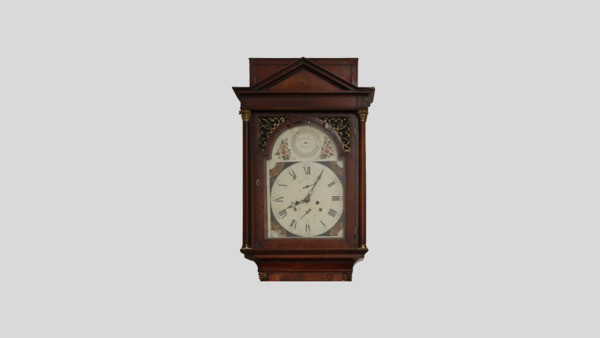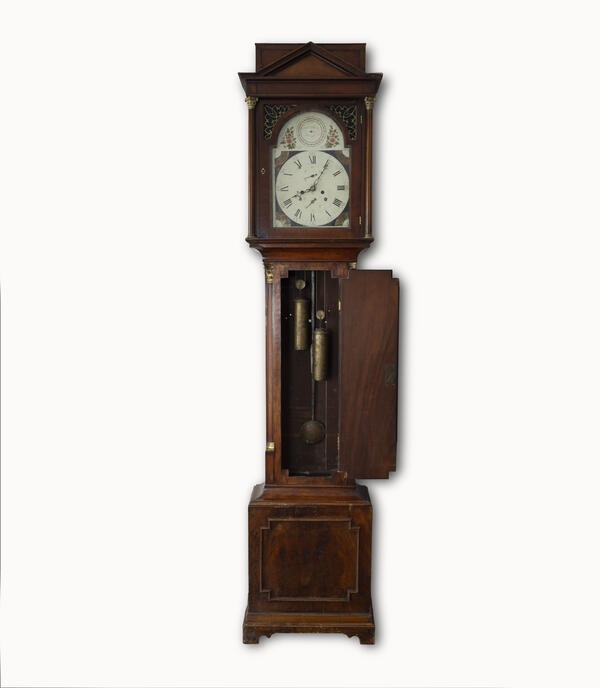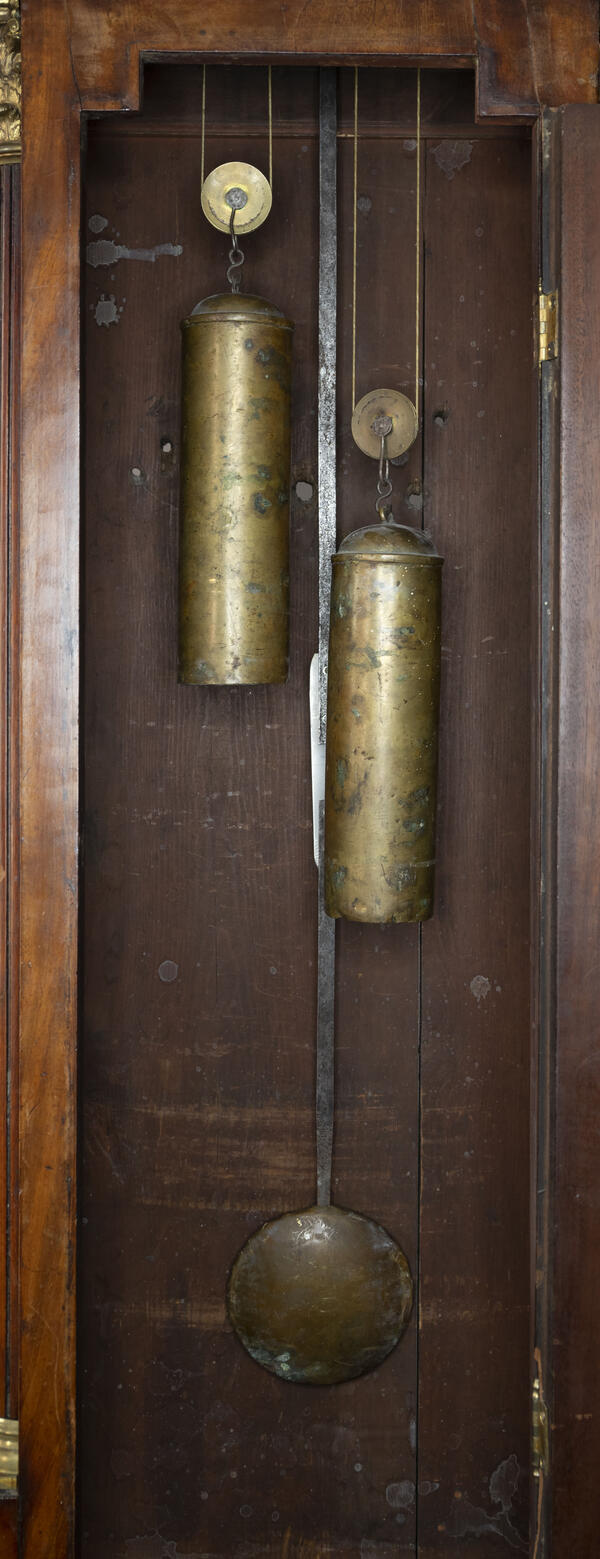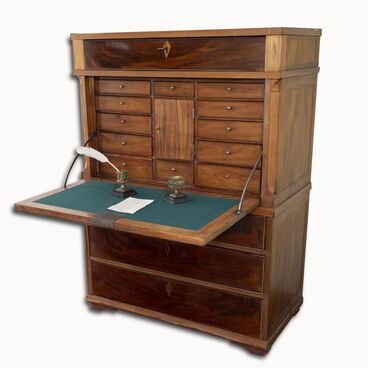The Turinsk Decembrists House Museum houses a few items of special significance, including an old longcase clock. This exhibit is very popular with museum visitors and is considered one of the hallmarks of the Decembrists House Museum.
The clock entered the museum in 1993 during the formation of the permanent exhibition and the display of the interiors of wealthy households. The clock is almost 2.5 meters high.
Clocks used to be a luxury item and an indispensable part of the interiors of every noble estate. According to the records, the exhibit was purchased in an antique shop as “the 19th-century English longcase clock.” Apart from that, there was not any additional information about the clock.
The employees of the Turinsk Decembrists House Museum have made numerous attempts to acquire information about this mysterious overseas exhibit. Over a quarter of a century later, restorers and antique dealers from Moscow were able to help shed some light on the clock. According to their information, the clock belongs to the longcase clock type and was made in the 18th century by Charles Campbell, a very prolific watchmaker, at Borrowstounness (Bo’ness), Scotland.
The 30-day clock is made of Scottish mahogany and inlaid with brass. It has carvings above its door and is flanked by corrugated columns. The inlaid satinwood case with flanking quarter columns rests on a square pedestal with original brackets. The clock face on an enameled brass plate features a floral motif with both Roman and Arabic numerals. There is a clockwork mechanism with the chimes on the left side of the dial and the movement on the right one. The clock strikes every half an hour. The forged arrows are thin and elegant.
Currently, the longcase clock adorns the permanent exhibition of the Turinsk Decembrists House Museum — the only museum dedicated to the Decembrists in the Middle Urals. It used to be a residence for the family of the exiled Decembrist Vasily Ivashev and Ivan Pushchin (Alexander Pushkin’s friend from the Tsarskoye Selo Lyceum).
The clock entered the museum in 1993 during the formation of the permanent exhibition and the display of the interiors of wealthy households. The clock is almost 2.5 meters high.
Clocks used to be a luxury item and an indispensable part of the interiors of every noble estate. According to the records, the exhibit was purchased in an antique shop as “the 19th-century English longcase clock.” Apart from that, there was not any additional information about the clock.
The employees of the Turinsk Decembrists House Museum have made numerous attempts to acquire information about this mysterious overseas exhibit. Over a quarter of a century later, restorers and antique dealers from Moscow were able to help shed some light on the clock. According to their information, the clock belongs to the longcase clock type and was made in the 18th century by Charles Campbell, a very prolific watchmaker, at Borrowstounness (Bo’ness), Scotland.
The 30-day clock is made of Scottish mahogany and inlaid with brass. It has carvings above its door and is flanked by corrugated columns. The inlaid satinwood case with flanking quarter columns rests on a square pedestal with original brackets. The clock face on an enameled brass plate features a floral motif with both Roman and Arabic numerals. There is a clockwork mechanism with the chimes on the left side of the dial and the movement on the right one. The clock strikes every half an hour. The forged arrows are thin and elegant.
Currently, the longcase clock adorns the permanent exhibition of the Turinsk Decembrists House Museum — the only museum dedicated to the Decembrists in the Middle Urals. It used to be a residence for the family of the exiled Decembrist Vasily Ivashev and Ivan Pushchin (Alexander Pushkin’s friend from the Tsarskoye Selo Lyceum).






